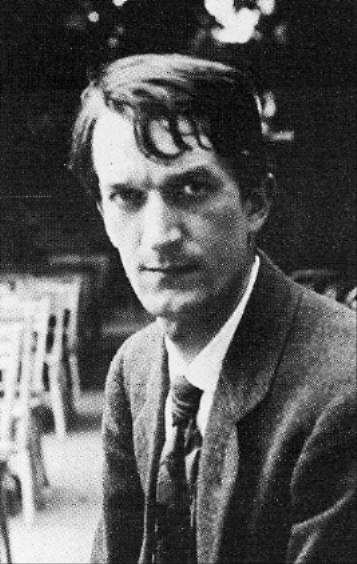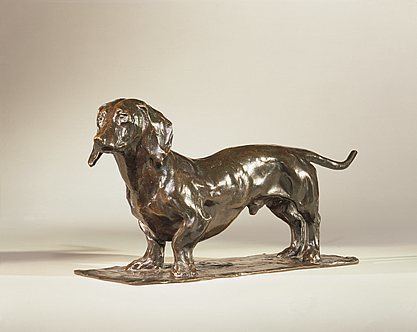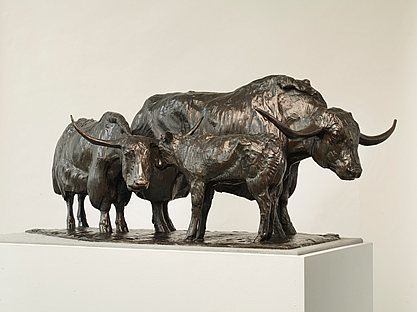Cause of death Suicide Occupation Sculptor Parents Carlo Bugatti Siblings Ettore Bugatti | Citizenship Italian Name Rembrandt Bugatti Education Brera Academy Nephews Jean Bugatti | |
 | ||
Relatives Ettore Bugatti (brother)Giovanni Luigi Bugatti (paternal grandfather)Giovanni Segantini (uncle) Died January 8, 1916, Paris, France Books Rembrandt Bugatti: An Exhibition of Sculpture : 1st-30th November 1988 | ||
2015 model bugatti veyron rembrandt bugatti
Rembrandt Bugatti (16 October 1884 – 8 January 1916) was an Italian sculptor, known primarily for his bronze sculptures of wildlife subjects. During World War I he volunteered for paramedical work at a military hospital in Antwerp, an experience which triggered in Bugatti the onset of depression–aggravated by financial problems–which eventually caused him to commit suicide on 8 January 1916 in Paris, France. He was only 31 years old.
Contents
- 2015 model bugatti veyron rembrandt bugatti
- 2014 bugatti veyron rembrandt bugatti
- Early life
- Work
- Later life and death
- Gallery
- References
2014 bugatti veyron rembrandt bugatti
Early life

Born in Milan, into an artistic family, Rembrandt Bugatti was the second son of Carlo Bugatti and his wife, Teresa Lorioli. His older brother Ettore Bugatti became one of the world's most famous automobile manufacturers.

He was given his first name by his uncle, the painter Giovanni Segantini. His father was an important Art Nouveau furniture and jewelry designer who also worked in textiles, ceramics, and silver metalware. As such, Rembrandt Bugatti grew up in an environment where a great many of his parent's friends were from the artistic world. In 1902, the family moved to Paris, where they lived in a community of artisans.

As a child he hung around his father's workshop and was encouraged to try sculpting in plasticine by family friend the Russian sculptor, Prince Paolo Troubetzkoy (1866–1938).
Work

Rembrandt Bugatti was a young man when he began to work with the art foundry and gallery owner, Adrian Hebrard. He produced a number of bronzes which were successfully exhibited and promoted by Hebrard. Bugatti's love of nature led to him spending a great deal of time in the wildlife sanctuary near the Jardin des Plantes in Paris or at the Antwerp Zoo where he studied the features and movement of exotic animals. His sculptures of animals such as elephants, panthers and lions became his most valuable and popular works.

The silver elephant mascot that sits on top of the radiator of the Bugatti Royale was cast from one of Rembrandt's original sculptures.
His art works are now also highly priced. A cast of his 1909-1910 bronze, Babouin Sacre Hamadryas (Sacred Hamadryas Baboon), was auctioned at Sotheby's in 2006 for $2.56 million. In May, 2010, the Babouin reappeared at auction at Sotheby's (est. $2/3 million), along with a male and female Lion and Lionne de Nubie (est. $1.5/2 million and $1.2/1.8 million, respectively), a Grande girafe tete basse (est. $1/1.5 million) and seven other pieces from the S. Joel Schur Collection, perhaps the finest collection of masterpieces by Bugatti in private hands according to one report. One of the Bugatti pieces was reported sold apparently as part of a group of sculptures (with three Rodin and a Noguchi) for an aggregate of $20 million.
Later life and death
During World War I he volunteered for paramedical work at a military hospital in Antwerp, an experience which triggered in Bugatti the onset of depression, aggravated by financial problems arising because now he was no longer able to give so much time to his artistic work. At the same time Antwerp Zoo was forced, by feedstuff shortages, to start killing its animals, which deeply affected Bugatti because he had used many of them as subjects for his sculpture. In 1916, at the age of 31, he killed himself. He is interred in the Bugatti family plot at the municipal cemetery in Dorlisheim in the Bas-Rhin departement of the Alsace region of France.
